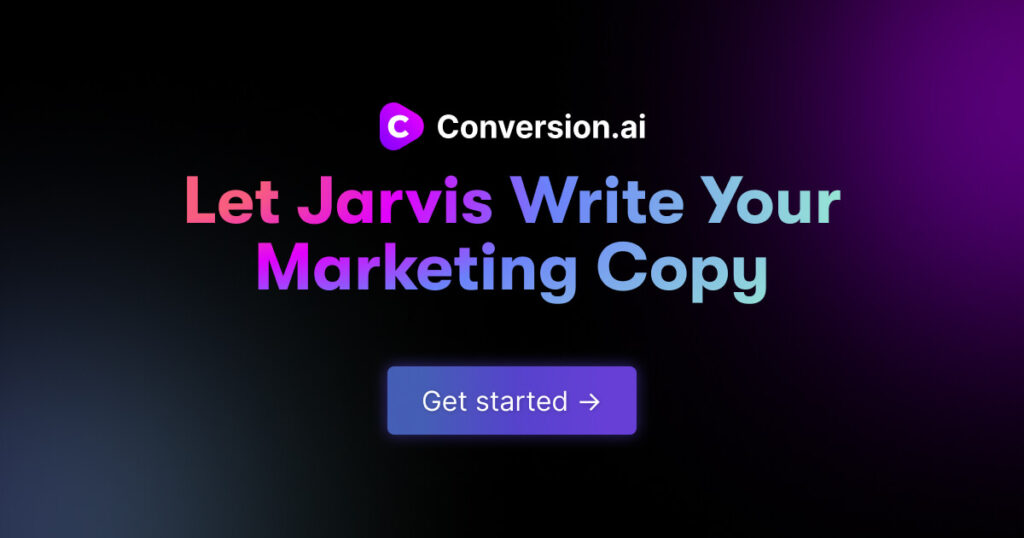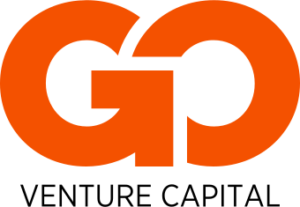
If you’re in eCommerce, digital marketing, or any business that sells products and services, you’ll need to write marketing copy at some point.
And as the saying goes, “everyone can write, but not everyone is a writer.”
If you want to make your writing clear, effective, and engaging, you don’t need to go back to 10th-grade English to learn to diagram sentences again. Instead, use these five tools for writing better marketing copy.
1. Grammarly
It should go without saying that your marketing copy should always be error- and typo-free. Readable, professional copy is a baseline you’ll have to meet for successful ads, landing pages, emails, blogs, and other collateral.
Research also shows that clean copy is essential. A survey of more than 1,000 web users in the UK found that over 40% of respondents would be negatively influenced by a brand’s spelling or grammar mistakes on social media.
If you write copy or content in multiple systems like Google Docs, a social media publishing tool, and an email scheduler, it’s helpful to have a spelling and grammar checker on at all times. That’s why Grammarly is so helpful.

Grammarly is a free browser extension that will check your spelling and grammar in Google Chrome, Safari, Firefox, or Microsoft Edge. There is a paid version that provides more functions and tools, but the free version is a must to keep your texxt text error-free.
2. Word Visualizer & Thesauri
Sometimes when you’re writing marketing copy you need a different word than the one that came out of your brain. After all, you can only call a product or service “amazing” so many times before your prospect starts to lose interest.
That’s why it’s handy to bookmark your favorite thesaurus website or a free word visualization tool to use regularly. Mix some interesting, but not pretentious, words into your copy to keep readers engaged.
(Fun fact: Before writing this post, I didn’t know that the plural of ‘thesaurus’ was ‘thesauri.’ Ironically, I found out from the dictionary.)
3. CoSchedule Analysis
CoSchedule produces work management software for marketers, but they have a couple of free tools that are extremely useful for anyone producing content.
First, the CoSchedule Headline Analyzer is a free tool that you can use to generate simpler and stronger headlines across outputs. It produces a score for every version of each headline you put in, and shows a version history so you can choose the most effective headline after trying out a few different versions.

And second, CoSchedule’s Email Subject Line Tester does the same thing, but for your email subject lines.
Neither tool is perfect, but it’s a great place to test the headlines and email subjects you’re working on to get an idea of how they’ll perform.
4. Hemingway Editor
The best marketing copy isn’t just error-free, of course. Your ads, emails, landing pages, and other outputs need to be engaging to hold your audience’s interest. And a big part of engagement is readability.
Multiple sources say that you should write copy for a sixth-grade reading level. That means smaller and simpler words and shorter sentences.
If you’re struggling to share your value proposition or technical information in an easy-to-read way, try running your content through the Hemingway Editor.
This free system, named for famous author (and recent Ken Burns documentary subject) Ernest Hemingway, helps you shorten sentences, simplify phrases, and replace pretentious-sounding words with clearer language. It also includes a grade-level metric so you can see what kinds of edits you need to make.
5. Conversion.ai
If you’re looking to level up your ad copy or produce content at scale, a new generation of artificial intelligence tools is entering the marketplace to make your life easier.
One such tool is Conversion.ai. Unlike the other tools listed above, you’ll need to pay for Conversion.ai’s suite of features, but the opportunities for growth are real.

All you have to do is enter some basic information and the AI tool will generate useable copy for ads, emails, websites, listings, blogs, and more instantly. Specific options include auto-generated headlines and copy for different platforms, a "content improver," a blog post topic idea generator, a social post and caption generator, video topic and script tools, and much more.
If you incorporate one or more of the tools above into your copy and content creation workflow, you’ll save time and produce content that you’ll feel confident about. And if you have team members producing content, these tools can help them too.
